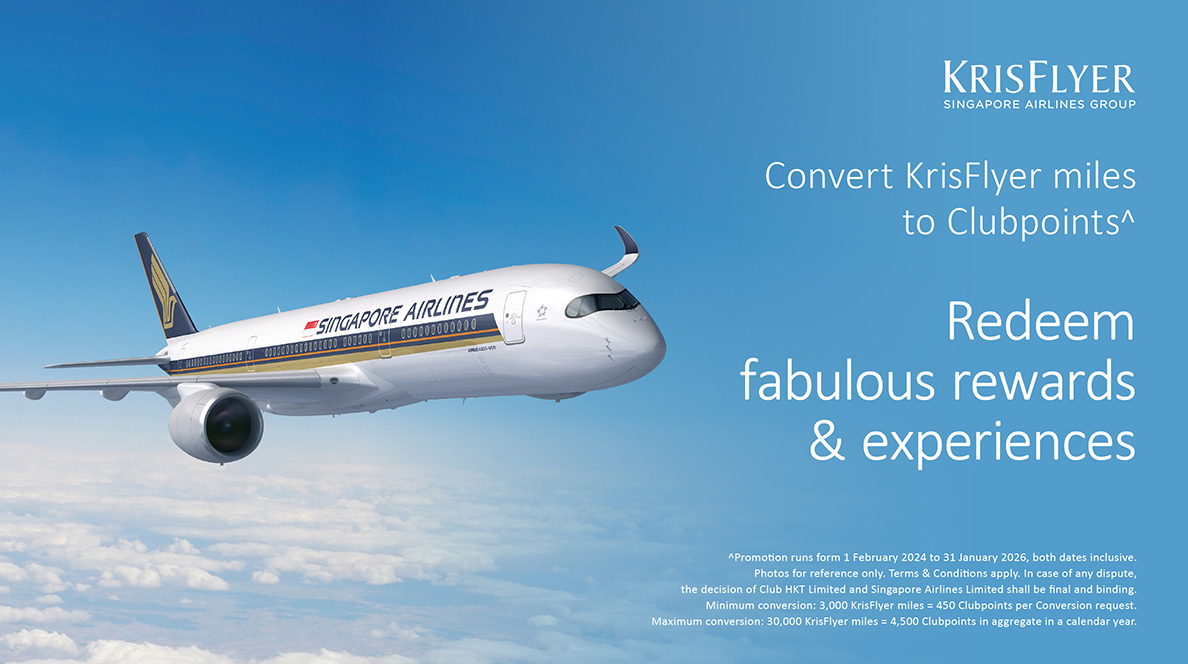In a surprising turn of events, Australians are finally seeing a dip in airfares, thanks to lower jet fuel prices. The Australian Competition and Consumer Commission (ACCC) reports a 13.4% year-on-year drop in average revenue per passenger in December, which has sunk below pre-COVID levels.
However, it’s not all smooth sailing. Even the market’s cheapest flights are slightly pricier than those before December 2019. ACCC head Gina Cass-Gottlieb attributes this to the lower demand for domestic air travel and reduced jet fuel prices, offering travellers relief from the sky-high airfares of the past two years.
However, the industry is still grappling with service issues. Over the festive season, flight delays and cancellations were higher than usual, leading to widespread disappointment among consumers. Cass-Gottlieb acknowledges these high cancellation and delay rates as a significant concern.
In response to public criticism of national carrier Qantas, Treasurer Jim Chalmers has revived the ACCC’s airline sector monitoring, which had been paused during the pandemic. The ACCC plans to continue its quarterly report schedule, focusing on airline competition on key routes and passenger numbers.
Despite these challenges, the industry is moving beyond its recovery phase, with airlines operating at 95% of their pre-pandemic capacity in December. Over 4.8 million passengers took domestic flights at the end of the year, indicating a return to more typical seasonal trends.
However, airlines’ excuses, ranging from weather delays to air traffic controller shortages, fail to address the root cause of poor service standards. The ACCC identifies issues like pilot training and supply chain disruptions as factors within the airlines’ control contributing to these service problems.
On a brighter note, the entry of low-cost carrier Bonza into the Australian market has stirred up competition. The ACCC reports that half of the domestic passengers in December travelled on routes served by three or four competitive airlines, a promising sign for further price reductions.
Yet, with Qantas and Jetstar still flying over 60% of domestic passengers, the market concentration remains high. Meanwhile, newcomer Bonza has made a promising start, flying around 750,000 passengers on 35 routes in its first year, focusing on serving regional destinations.
The post Airlines’ Silver Lining Amidst Turbulence: Lower Airfares, Yet Service Woes Persist first appeared on Stray Nomad Travel News.



 share
share




















































